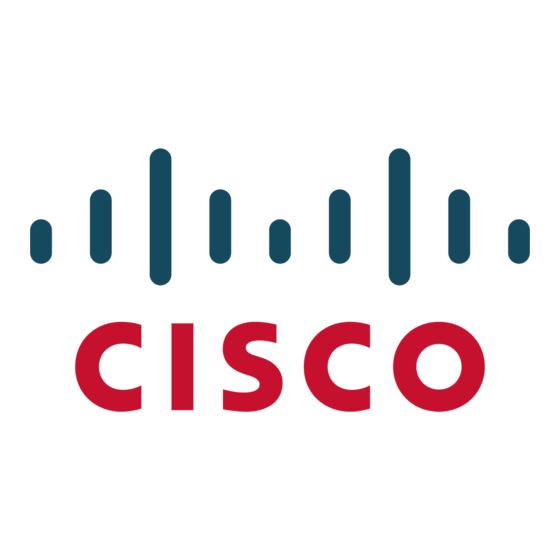Directories—
The Cisco IP Phone 7940G identifies incoming messages and categorizes them for users on the screen. This allows users to quickly and effectively
return calls using direct dial-back capability.
The corporate directory integrates with the Lightweight Directory Access Protocol (LDAP3) standard directory.
Settings—
The Settings feature key allows the user to adjust display contrast and select from a large number of unique ringer sounds, volume settings for all
audio such as ringer, handset, headset, and speaker. Network Configuration preferences can also be set up. (Network configuration is usually set up
by the System Administrator.) Configuration can either be automatic or manually set up for Dynamic Host Control Protocol (DHCP), Trivial File
Transfer Protocol (TFTP), CallManager, and backup CallManagers.
A huge advantage is the ability for no hands on moves and changes. Just pick up the phone and move to the new location anywhere on your network.
No system administration is required.
Services—
The Cisco 7940G allows users to quickly access diverse information such as weather, stocks, quote of the day, or any Web-based information using
extensible markup language (XML) to provide a portal to an ever-growing world of features and information.
Help—
The online help feature gives users information about the phone's keys, buttons, and features. The pixel display allows for greater flexibility of
features and significantly expands the information viewed when using features such as Services, Information, Messages, and Directory. For example,
the Directory button can show local and server-based directory information.
The Cisco IP Phone 7940G features high-quality, speakerphone technology. It also includes an easy-to-use speaker on/off button and microphone
mute buttons. These buttons are lit when active.
The internal Cisco two-port Ethernet switch allows for a direct connection to a 10/100BASE-T Ethernet network via an RJ-45 interface with single
LAN connectivity for both the phone and a co-located PC. The system administrator can designate separate virtual LANs (VLANs) (802.1Q) for the
PC and Cisco IP Phones providing improved security and reliability of voice and data traffic.
A dedicated headset port eliminates the need for a separate amplifier when using a headset. This allows the handset to remain in its cradle, making
headset use simpler. The Cisco IP phone's convenient volume control button provides for easy decibel-level adjustments for the speakerphone,
© 2005 Cisco Systems, Inc. All rights reserved.
Important notices, privacy statements, and trademarks of Cisco Systems, Inc. can be found on cisco.com.
Page 3 of 7

